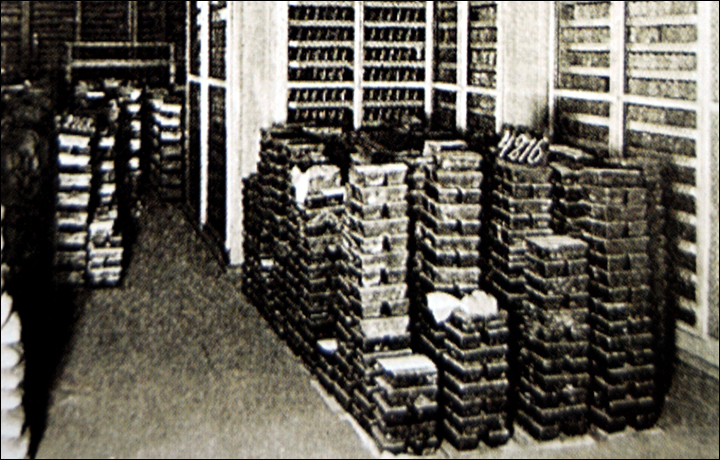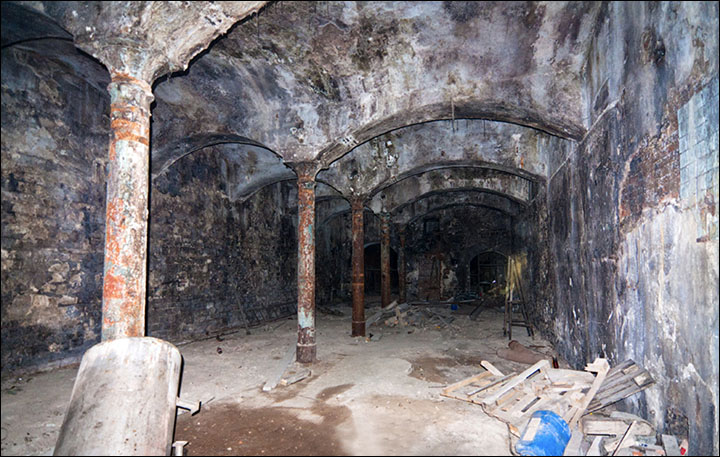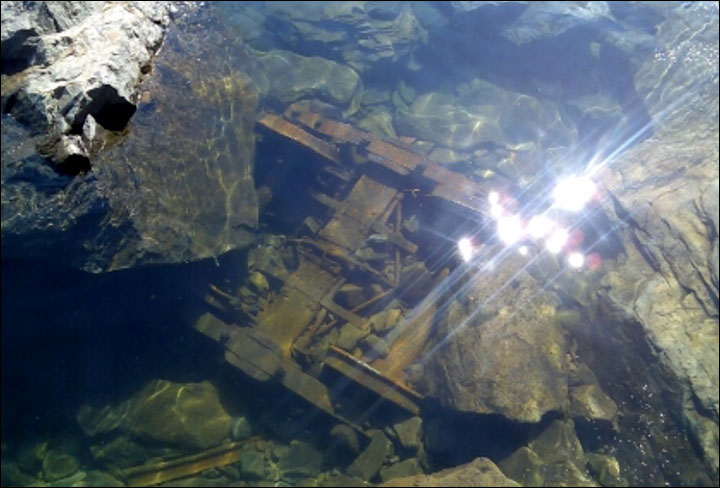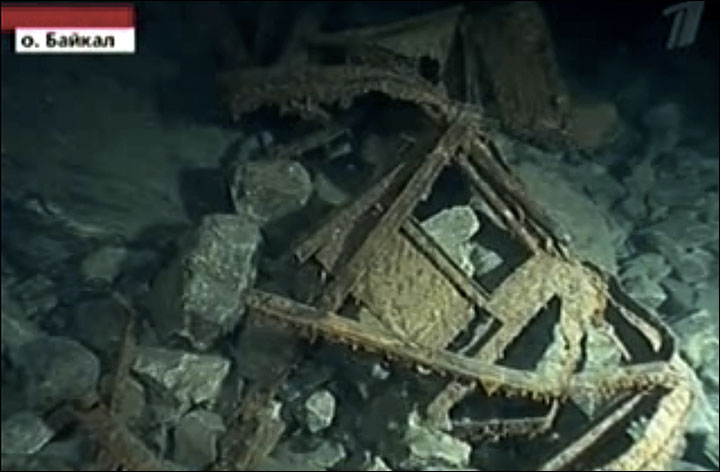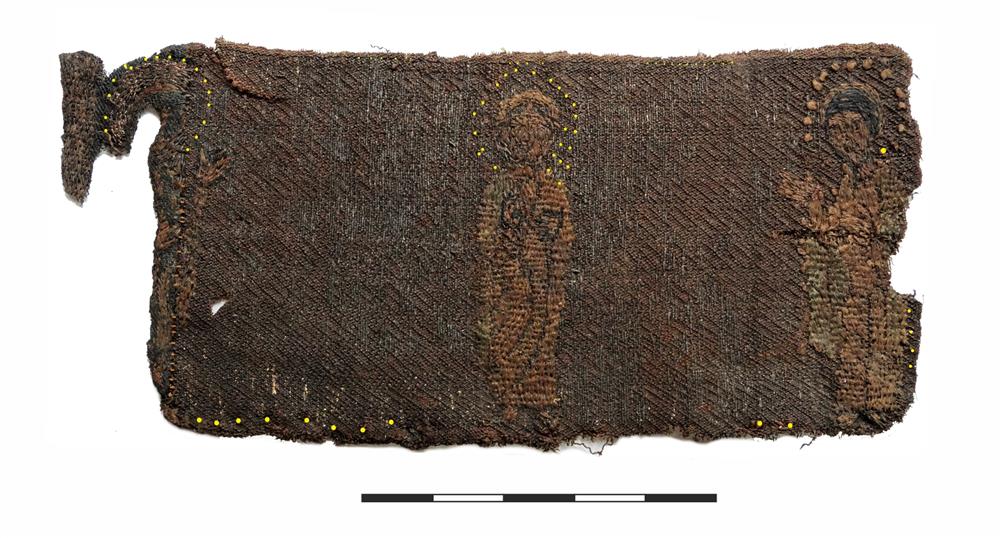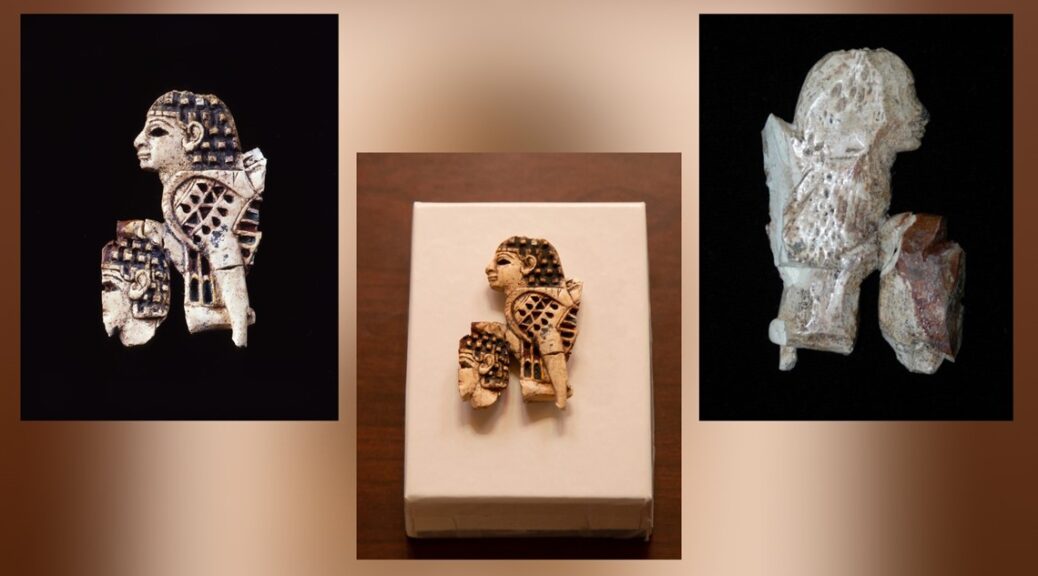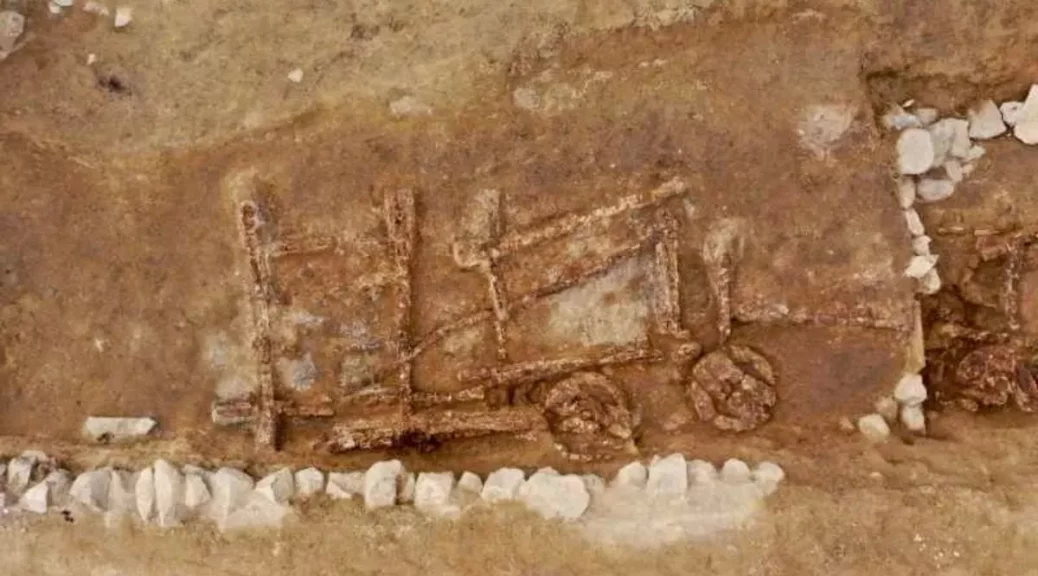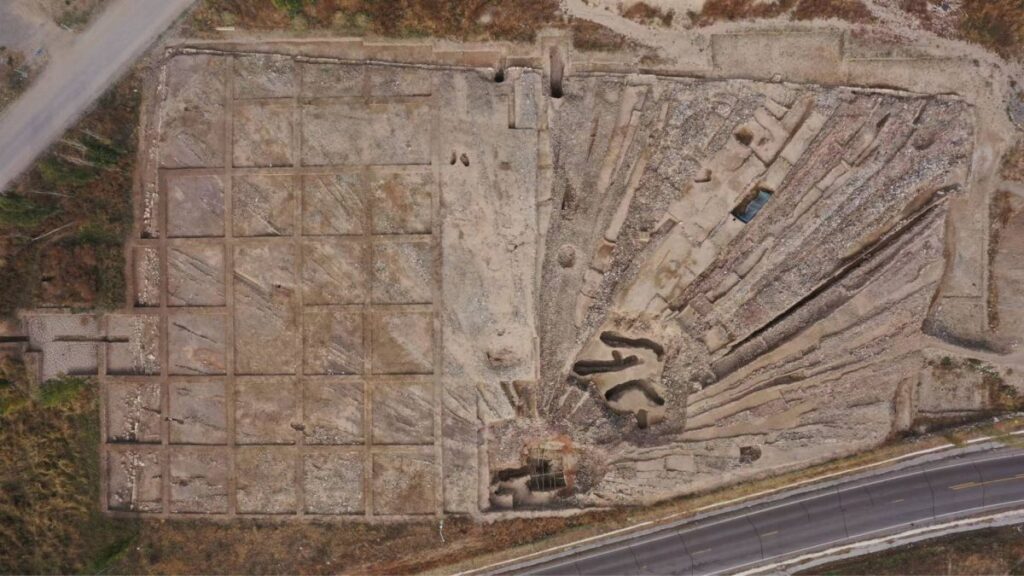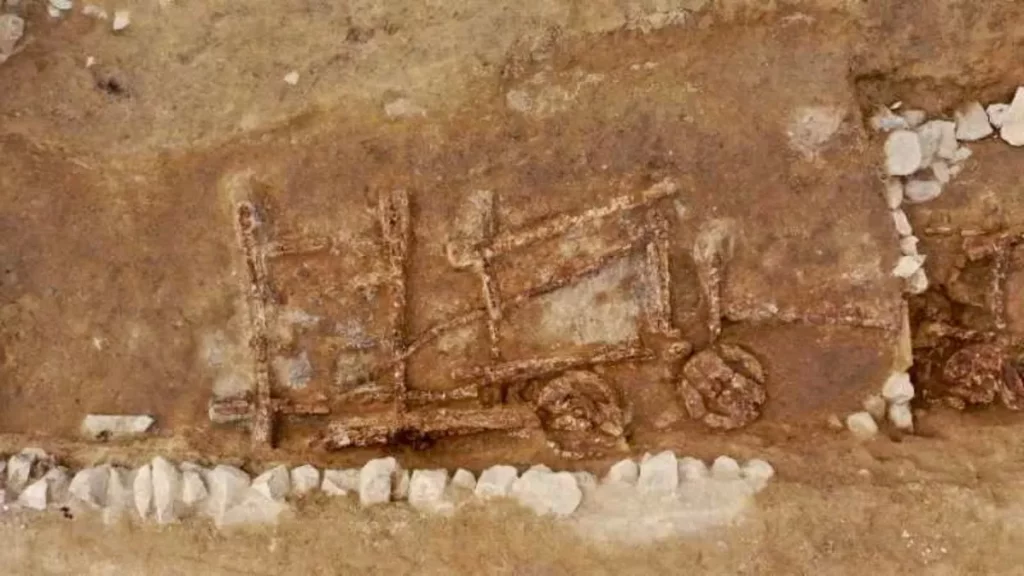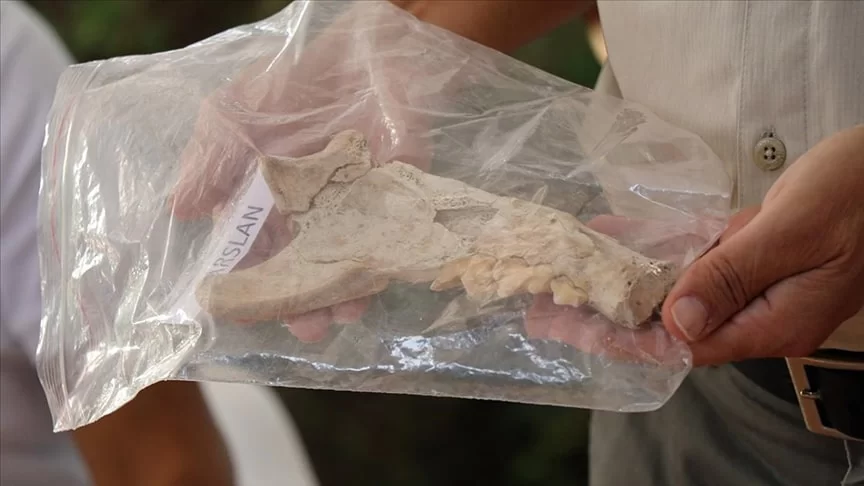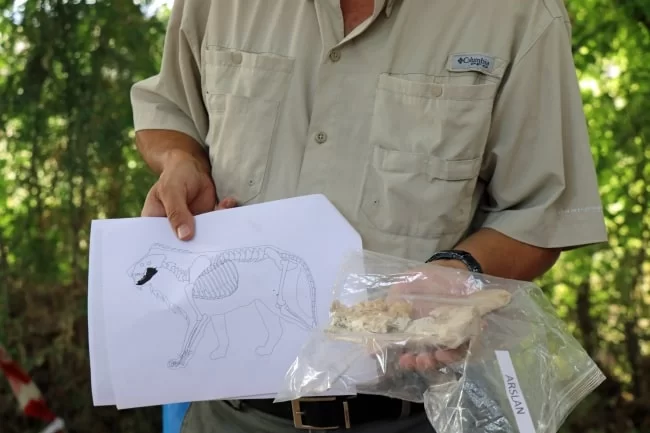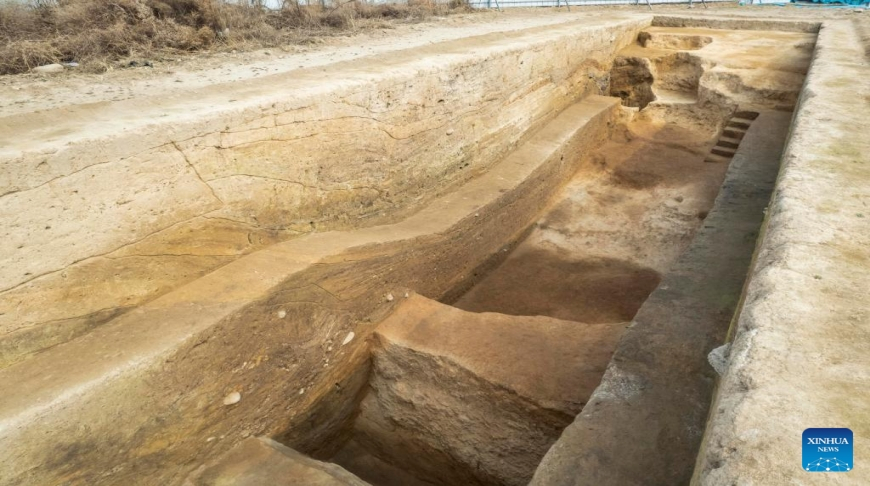Genomic study of ancient humans sheds light on human evolution on the Tibetan Plateau
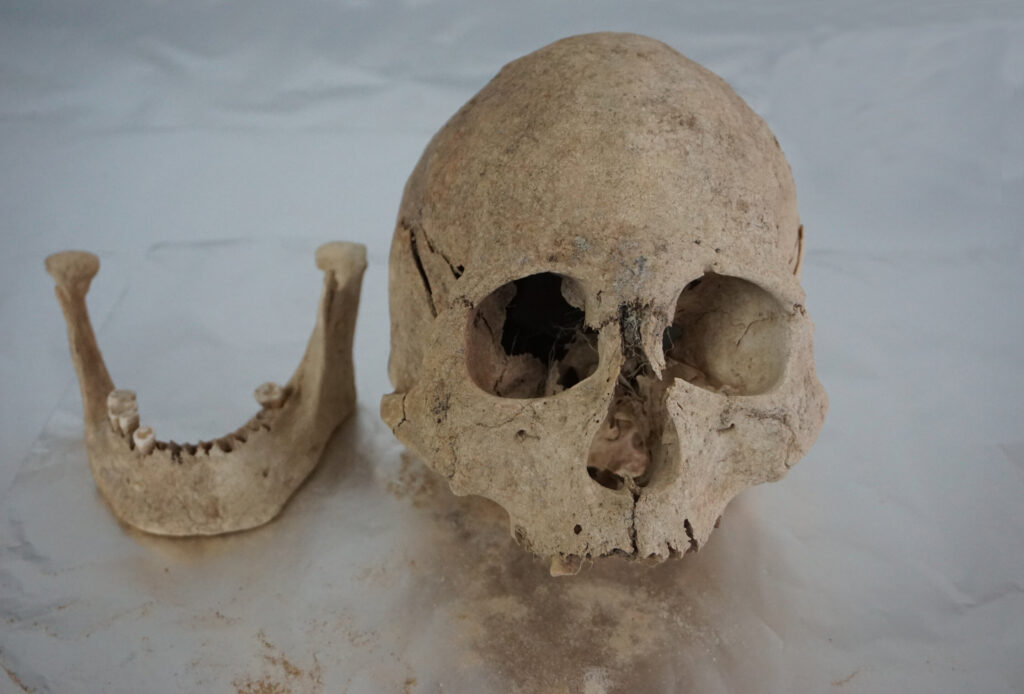
The Tibetan Plateau, the highest and largest plateau above sea level, is one of the harshest environments settled by humans. It has a cold and arid environment and its elevation often surpasses 4000 meters above sea level (masl).
The plateau covers a wide expanse of Asia—approximately 2.5 million square kilometers—and is home to over 7 million people, primarily belonging to the Tibetan and Sherpa ethnic groups.
However, our understanding of their origins and history on the plateau is patchy. Despite a rich archaeological context spanning the plateau, sampling of DNA from ancient humans has been limited to a thin slice of the southwestern plateau in the Himalayas.
Now, a study published in Science Advances led by Prof. Fu Qiaomei from the Institute of Vertebrate Paleontology and Paleoanthropology (IVPP) of the Chinese Academy of Sciences has filled this gap by sequencing the genomes of 89 ancient humans dating back to 5100 BP from 29 archaeological sites spanning the Tibetan Plateau.
The researchers found that ancient humans living across the plateau share a single origin, deriving from a northern East Asian population that admixed with a deeply diverged, yet unsampled, human population.
“This pattern is found in populations since 5100 years ago, prior to the arrival of domesticated crops on the plateau,” said Prof. Fu. She noted that the introduction of northern East Asian ancestry to plateau populations occurred before barley and wheat were introduced and was not associated with migrating wheat/barley agriculturalists.
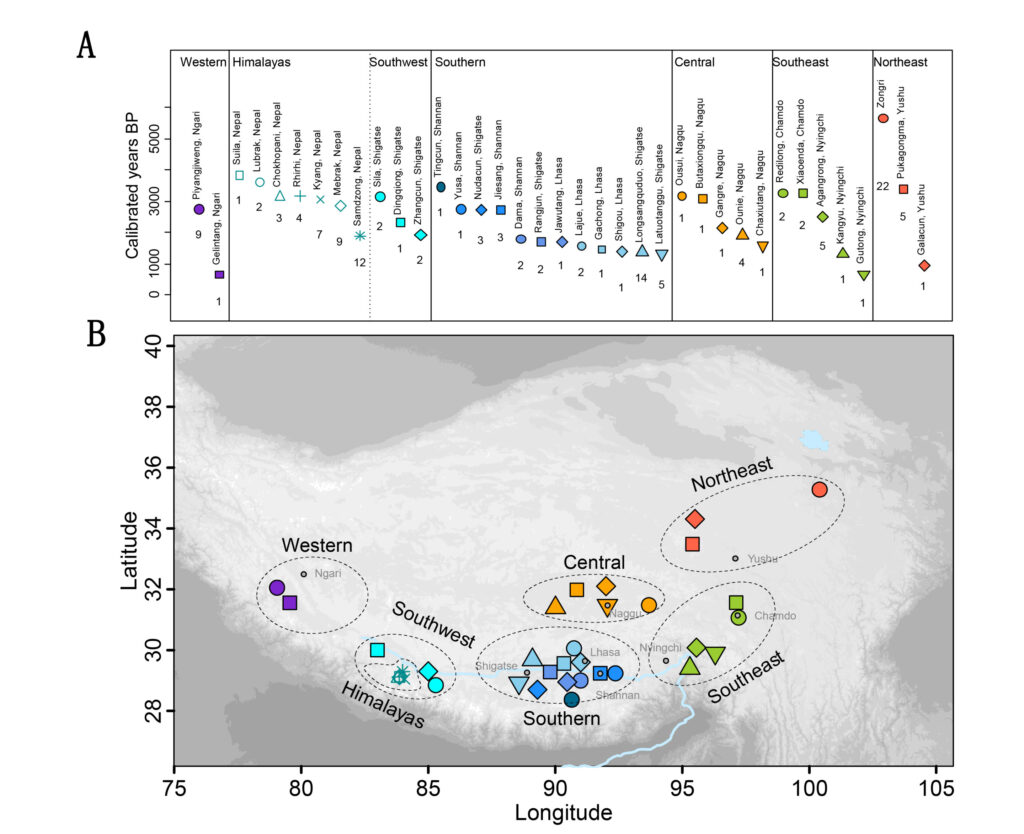
A deeper comparison across the plateau reveals distinct genetic patterns prior to 2500 BP, indicating that three very different Tibetan populations occupied the northeastern, southern/central, and southern/southwestern regions of the plateau, with previously sampled plateau populations belonging only to the latter group.
Different population dynamics can be observed in these three regions. Northeastern populations younger than 4700 BP show an influx of additional northern East Asian ancestry in lower elevation regions (~3000 masl) such as the Gonghe Basin. However, this influx is not observed in higher elevation populations (~4000 masl) dating to 2800 BP just 500 km away.
An extended network of humans also lived along the Yarlung Tsangpo River, with a shared ancestry found in southern/southwestern populations dating to 3400 BP, western populations from Ngari Prefecture dating to 2300 BP, and southeastern populations from Nyingchi Prefecture dating to 2000 BP. The extended impact of these populations shows the important role this river valley played in Tibetan history.
“Between these two groups, central populations prior to 2500 BP share ancestry that differed from those further north and south. However, sampling of central populations after 1600 BP show that they share a closer genetic relationship to southern/southwestern populations. These patterns capture a dynamism in human populations on the plateau,” said Melinda Yang, assistant professor at the University of Richmond and a previous postdoc at IVPP.
“While ancient plateau populations show primarily East Asian ancestry, Central Asian influences can be found in some ancient plateau populations,” said Wang Hongru, professor at the Agricultural Genomics Institute in Shenzhen and a previous postdoc at IVPP. “Western populations show partial Central Asian ancestry as early as 2300 BP, and an individual dating to 1500 BP from the southwestern plateau additionally shows ancestry associated with Central Asian populations.”
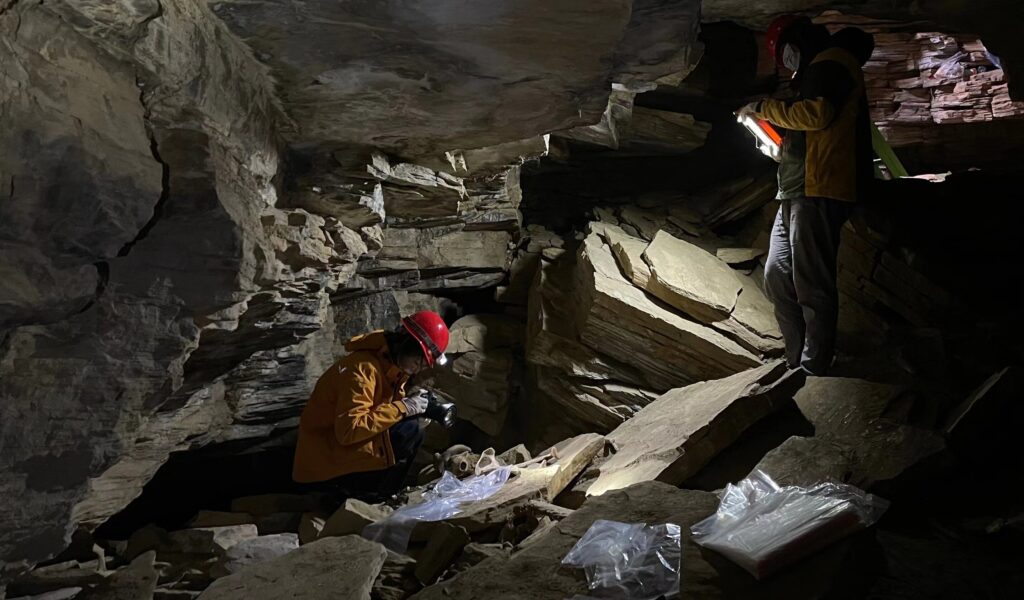
Present-day Tibetans and Sherpas show heavy influence from lowland East Asian populations, with differing levels of gene flow correlating with longitude. This pattern is not observed across populations of older time transects, including those dating from 1200–800 BP, indicating that lowland East Asian gene flow was largely a product of very recent human migration.
Previous research has shown that present-day plateau populations possess high frequencies of an endothelial Pas domain protein 1 (EPAS1) variant that is adaptive for living at high altitudes and likely originated from a past admixture event with the archaic humans known as Denisovans.
“Humans from this study show archaic ancestry typical of lowland East Asians, but the oldest individual dating to 5100 BP is homozygous for the adaptive variant,” said Prof. Fu. “Thus, the arrival of this variant occurred prior to 5100 BP in the ancestral population that contributed to all plateau populations.”
Through their broad spatiotemporal survey of ancient human DNA from the Tibetan Plateau, Prof. Fu and her team have revealed a Tibetan lineage that dates back to at least 5100 years ago on the Tibetan Plateau. The ancestral population diversified rapidly, such that three regional groups show unique historical patterns that began to merge after 2500 BP.
“This is the largest study of ancient genetics on the Tibetan Plateau to date,” said Lu Hongliang, a professor at Sichuan University. The new evidence in this study on the formation of unique components in the ancient populations from the Qinghai-Tibet Plateau is highly reliant on collaboration between multiple archaeological teams and geneticists. Prof. Lu notes that “Analyzing ancient DNA allows us to go beyond the study of cultural interaction using only archaeological evidence, and to put forward new ideas for archaeological research on the plateau.”
Future sampling is still needed, as the origin of the unsampled, deeply diverged ancestry found in all plateau populations is still unaccounted for. In addition, when and where the adaptive EPAS1 allele first entered the ancestral Tibetan population is still unknown.
But this study is a step in the right direction. “These genomes reveal a deep and diversified history of humans on the plateau,” said Prof. Fu. “With these findings, we have a much better understanding of an important part of human history in Asia.”


